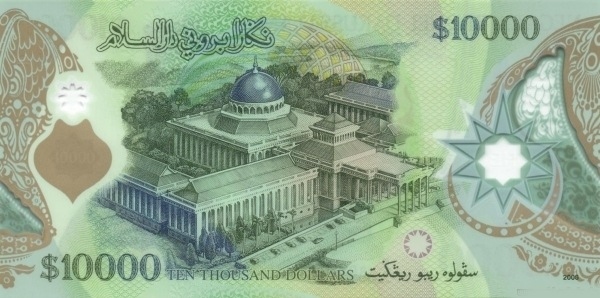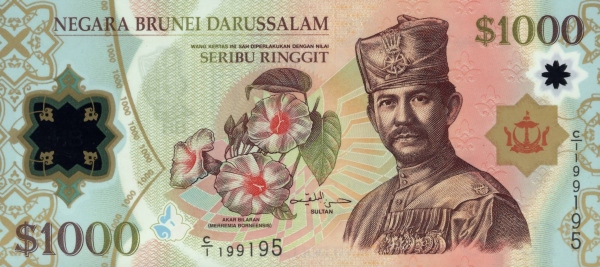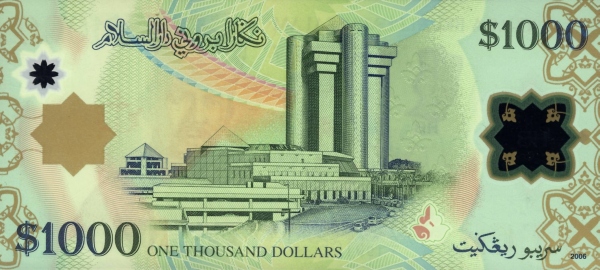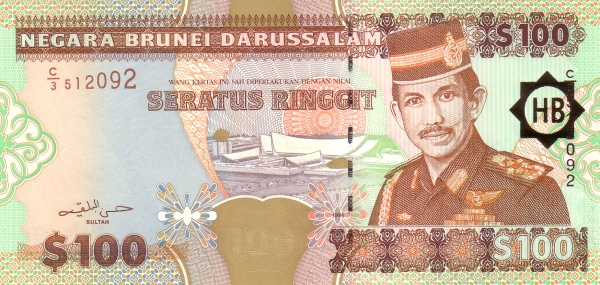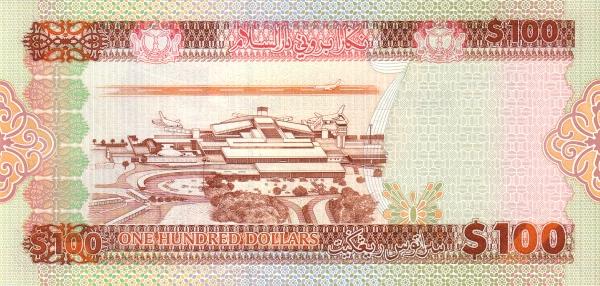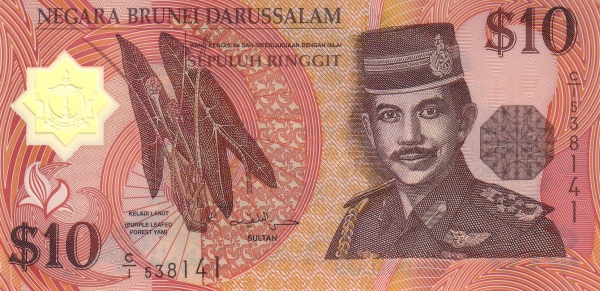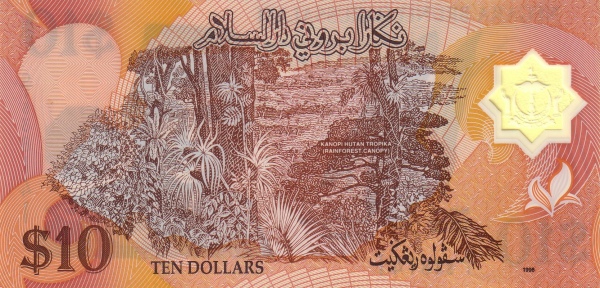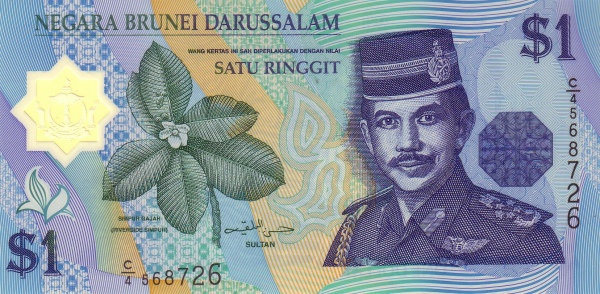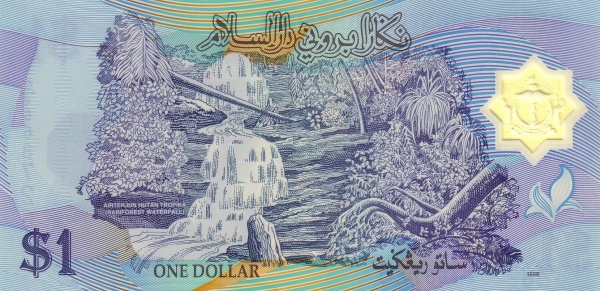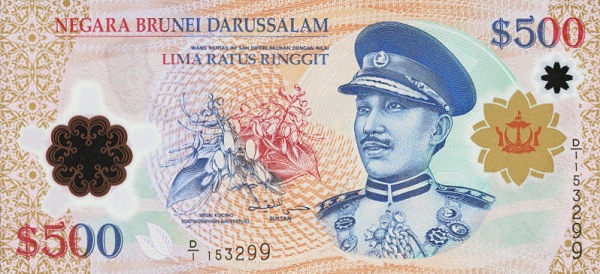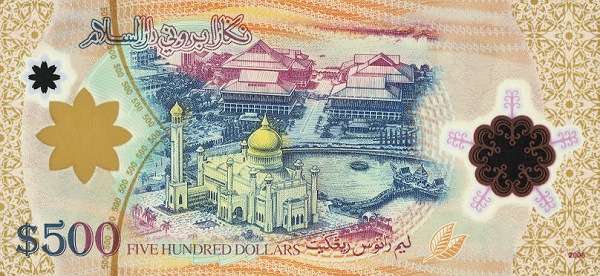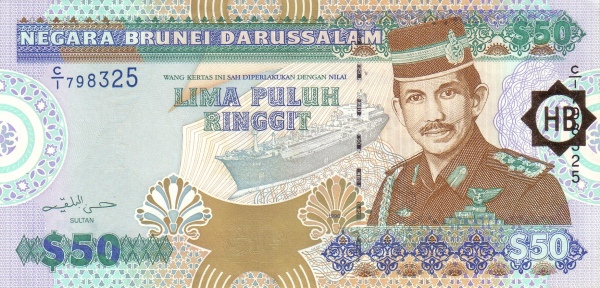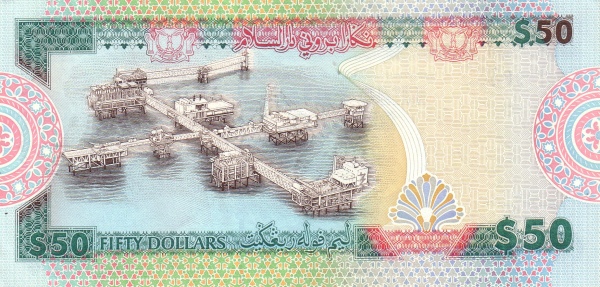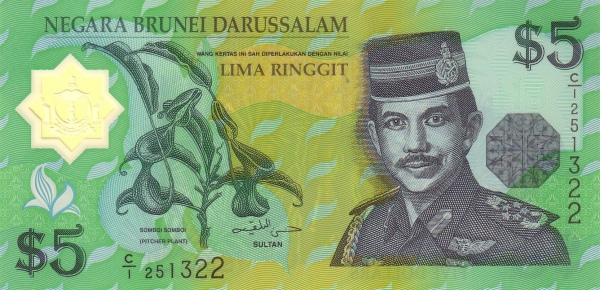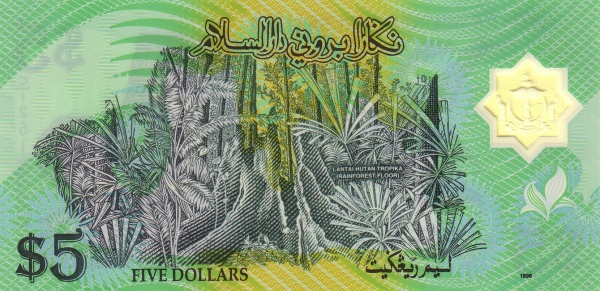Discover Brunei Darussalam: A Hidden Gem
Nestled along the northern coast of Borneo, Brunei Darussalam stands as a captivating, oil-rich sultanate. This unique country, bordered by the South China Sea and Malaysia, comprises two distinct sections divided by a portion of Malaysia’s Sarawak state. Moreover, Brunei enjoys maritime boundaries with both China and Malaysia, adding to its intriguing geopolitical landscape. To further emphasize its significance, the nation has claimed a continental shelf and exclusive economic zone extending 200 nautical miles from its coastal waters. This claim not only reflects Brunei's rich resources but also underscores its strategic importance in the South China Sea.
Geographical and Demographic Overview
Covering an area of approximately 5,765 km², Brunei Darussalam is slightly larger than twice the size of Luxembourg yet notably smaller than the state of Delaware in the United States. Such compactness does not diminish its charm, with landscapes ranging from coastal plains to hilly lowlands. The terrain creates a diverse ecosystem, perfect for various plant and animal species, as well as agriculture. As of 2015, Brunei boasts a population of about 417,200 inhabitants.
The capital city, Bandar Seri Begawan, serves as the heartbeat of this vibrant nation. In this multi-ethnic society, Bahasa Melayu serves as the official language, while English, Chinese, and several indigenous dialects enrich the linguistic mosaic. This diversity signifies the country’s unique historical and cultural context, making it a fascinating destination for visitors and researchers alike.
Historical Context of Brunei Darussalam
The rich history of Brunei Darussalam traces back to its zenith between the 15th and 17th centuries. During this flourishing period, the sultanate exerted control over extensive coastal territories of northwest Borneo and regions of the southern Philippines. However, following the heights of its power, Brunei entered a phase of decline influenced by internal conflicts, colonial aspirations of European powers, and rampant piracy.
Significantly, Brunei became a British protectorate in 1888, which shaped its governance and international relations. The country eventually achieved independence on January 1, 1984, marking a new era in its sovereignty. Today, Brunei remains under the rule of the same royal family that has governed for over six centuries, reflecting a continuity that few nations can boast.
Economy of Brunei Darussalam
The prosperous economy of Brunei Darussalam hinges on its abundant natural resources, particularly petroleum and natural gas. These resources have generated one of the highest per capita GDPs in the region, positioning Brunei as a leader among less developed countries. The strategic management of these resources has propelled Brunei into the global market, primarily focusing on industries such as petroleum refining and liquefied natural gas.
Exports from Brunei mainly consist of mineral fuels and organic chemicals, with key partners including Japan, South Korea, and Thailand. For instance, in 2015, Japan accounted for 35.9% of Brunei's export market. On the flip side, imports comprise primarily machinery and mechanical appliance parts, highlighting a need for technological and industrial development. The significance of international partnerships remains vital to sustaining Brunei’s economic diversity and resilience.
Government Structure of Brunei Darussalam
Brunei operates as a Malay Islamic Monarchy, a system that weaves together cultural heritage and governance. The constitution, enacted in 1959, lays down the foundational principles of the state. Through this unique governance, the Sultan of Brunei exercises both political and religious authority, which further enriches the social fabric and unity of the nation.
Education and Literacy
Education in Brunei reflects a commitment to fostering an informed citizenry. With a literacy rate of 94.7%, the nation prioritizes educational initiatives aiming to enhance quality and accessibility. This high rate demonstrates Brunei's investment in human capital, paving the way for progressive socio-economic developments.
Culture and Art in Brunei Darussalam
The culture of Brunei Darussalam displays an intricate blend of Malay traditions and Islamic influence. From its music and dance to its intricate handicrafts, Brunei offers a rich tapestry of cultural expressions. Significant festivals, such as Hari Raya Aidilfitri and the Sultan’s Birthday, become vital occasions for showcasing national pride and unity.
Furthermore, art plays a significant role in the daily life of Bruneians. Traditional crafts, especially silversmithing and weaving, add a distinctive flair to the nation's identity. Such artistry does not merely reflect aesthetic values but also narrates stories of heritage and history.
Natural Resources and Environment
Brunei Darussalam is abundant in natural resources, predominantly oil and natural gas, which buttress its economy. The environment, characterized by lush rainforests and diverse wildlife, remains a key aspect of Brunei's national identity. Efforts to conserve this rich biodiversity are essential for future generations, ensuring the sustainability of both natural and economic resources.
Agricultural Practices
While Brunei is primarily known for its petroleum wealth, agriculture forms the backbone of food security within the nation. Farmers cultivate rice, vegetables, and fruits, contributing to local consumption and sustainability. By promoting local agriculture, Brunei aims to reduce reliance on imports and enhance self-sufficiency, an essential goal in today's interconnected world.
Conclusion
In conclusion, Brunei Darussalam, though small in size, is vast in culture, history, and natural wealth. This oil-rich nation presents a unique blend of tradition and modernity, making it a significant player on the global stage. As brunei continues to evolve, it stands as a testament to the resilience of its people and the enduring legacy of its monarchy.
Largest cities of: Brunei Darussalam
| City Name | Population | Year of foundation | |
| Bandar Seri Begawan | 453,000 | circa 1400 | |
| Bandar Seri Begawan | 100,708 | circa 1400 | |
| Kuala Belait | 22,000 | 1920 | |
| Seria | 20,000 | 1920 | |
| Tutong | 16,000 | circa 1800 | |
| Bangar | 5,000 | 1860 |
Brunei Darussalam: Money

